Taking advantage of its array of three rear-facing cameras, Apple’s iPhone 11 family has added several new photo and video features designed to improve the shooting experience and final results for both beginning and advanced photographers and videographers. This article is a hands-on report on some of the interesting new features of the phone’s camera system—including Live Bokeh and HDR previews as well as the Immersive UI and smooth Zoom; we want to share with you how they work and what they’ll allow you to do.
We used an iPhone 11 Pro for our tests, which like the Pro Max version includes a third camera module (telephoto). But users of the iPhone 11 (non-Pro) will still benefit from some of these new capabilities.
Please note that this article is not a formal review of the iPhone 11 Pro. We will publish a review with a DXOMARK Camera score in the near future. That upcoming review will cover the phone’s overall photo and video performance, new Night Mode, the ultra-wide angle camera, zoom performance, bokeh simulation in Portrait mode and more. For now, we want to convey our first impressions about some of the iPhone 11’s new camera features.
Apple iPhone 11 family camera specs
First, let’s recap the camera hardware found on the new iPhones:
- 12MP Standard wide-angle camera, 26mm equivalent, f/1.8 aperture, OIS, and focus pixels
- 12MP ultra-wide-angle camera, 13mm-equivalent, f/2.4 lens
- 12MP telephoto camera, 52mm-equivalent, f/2 lens and OIS on the Pro and Pro Max
- New Night mode for low-light shooting
- Up to 4K/60fps Video with extended dynamic range and stabilization
- 12MP front-facing camera with FaceID
New immersive interface for photo and video
Apple has redesigned its photo app to take advantage of the ultra-wide camera module even while you shoot in standard (traditional wide-angle) mode. As a result, you can see the scene you’re shooting framed within a larger context right on your phone’s display. This allows you to quickly re-frame without having to keep looking away from your phone and back. The result is a smoother shooting experience, and in many cases, better results. The app’s controls are also overlaid on the viewfinder, so you can easily adjust settings while composing your shots. For example, here is a shot taken with the standard (wide-angle) lens, along with a screenshot of the iPhone 11 Pro’s display with a preview image that includes everything within the field of view of the ultra-wide lens.
The immersive preview isn’t limited to just wide and ultra-wide. In this video example showing the phone’s display, you can see that at 1x zoom, the iPhone uses the ultra-wide lens to fill in the additional screen area, while at 2x zoom (which uses the telephoto lens), it uses the standard lens to fill in the additional area.
The phone can also capture both of the displayed images at once. In addition to allowing you to choose between them later, it also allows for additional post-processing flexibility. For example, it is possible to re-frame an image to include areas that were not originally in the main frame when captured. Partially cut-off faces can also be easily fixed. Image rotation, which often means cropping to deal with resulting black areas, is also improved as in some cases they can be filled in by areas from the surrounding image.
Apple had to overcome several technical challenges to provide this capability. This means synchronizing the settings on the two cameras even before the images or videos are captured. In addition to matching exposure and white balance, the cameras need to be focused at the same distance. As the images or video are captured, the phone needs to process multiple camera data streams at once, requiring additional processing power. Then the images need to be aligned so that the framing of the additional preview area matches the main image as closely as possible. The iPhone 11 Pro does an excellent job of this, although some slight mis-alignment is sometimes visible.
Additionally, the phone needs to correct the distortion of the ultra-wide lens, and to adjust the sharpness of the ultra-wide image to match that of the standard lens. Color may also not be a perfect match between the cameras, and may be one reason the preview area is displayed with a dark overlay—to make any mis-match a little less obvious.
A couple of additional complexities show room for improvement. The two cameras in use may each show a different depth of field because of their different focal lengths, and parallax issues are still sometimes visible, as each camera views the image from a slightly different angle. Apple is mitigating this effect during processing, but the system is not quite perfect yet.
Smooth and precise zooming
Another unique feature of Apple’s new Immersive UI is its uniquely precise zoom control for both photography and videography, coupled with remarkably smooth zooming throughout the iPhone 11 Pro’s zoom range. Multi-camera phones typically show artifacts when switching between their differing focal length cameras during zooming, but as part of its “cinema quality” video experience, the iPhone 11 has made those transitions almost invisible.
We evaluated two methods of zooming on the iPhone 11 Pro and on two other flagship phones—the Huawei P30 Pro and the Samsung Galaxy S10+. Our first method was to simply switch between cameras using the touchscreen; for the second, we used each phone’s zoom control in its Camera app to zoom in. In both cases, the iPhone 11 Pro was noticeably smoother. Switching between cameras (either ultra-wide and standard, or standard and telephoto) using a simple touch of the screen can result in a jerky experience. The iPhone 11 Pro breaks new ground by offering a smooth and nearly invisible transition between its three cameras. In the comparison videos below of the iPhone 11 Pro, the Huawei P30 Pro, and the Samsung S10+, you can see that the iPhone 11 provides a smoother and more consistent user experience when zooming:
For serious videography, it’s best to zoom by moving the zoom control in the Camera app. Even here, most flagship cameras show jerkiness as you zoom in or out, and are sometimes slow to react. We found the iPhone 11 Pro to be remarkably smooth throughout its zoom range.
The impressive performance of the iPhone 11 Pro contrasts with that of the P30 Pro, which showed a large number of visible steps when zooming, and was slow to zoom at all when moving from 1x to 2.5x. The S10+ showed some small visible steps and wasn’t very precise; on the positive side, the S10+ switched almost invisibly between cameras.
Live rendering of bokeh and HDR
The improved processing power of the iPhone 11 family has allowed Apple to provide substantially more accurate real-time rendering of some photo effects, including HDR and bokeh, compared to both previous models and competitive flagship phones. Ordinarily, you need to capture an image and look at the results to see how those effects turn out. With the iPhone 11, you can see a very good simulation as you compose your images, making it easier to ensure your image comes out the way you expect. We compared the live preview on the iPhone 11 to two other leading phones, the Samsung S10+ and the Huawei P30 Pro.
Live rendering of bokeh in Portrait-mode scenes
We first tested the live preview of Portrait-mode images to evaluate the quality of the bokeh in the preview and in the final image. The first test scene was an outdoor portrait. Below are the captured images from the three phones, along with crops showing that they all do a good job of rendering background blur and bokeh in their final images.
While all three phones do a good job of rendering pleasing blur effects in the final images, as you can see in the screenshots of the preview images below, only the iPhone 11 Pro is able to provide a reasonable simulation of the bokeh in its preview. The Samsung and the Huawei have a harder time keeping up with the live rendering of bokeh, as you can see in the cropped sections of the images. However, even the iPhone 11 Pro isn’t perfect, as you can see some depth estimation errors in the preview that blur an ear along with the background.
We found similar results when comparing the phones using an indoor portrait scene, although the iPhone 11’s advantage over the other phones was not as pronounced. In the final images, shown below, all of the phones provide more effective bokeh, although even the iPhone 11 Pro has depth estimation errors, as you can see from the blurred part of the shirt in the cropped section. In this instance, the P30 Pro actually does the best job of separating the subject from the background.
However, the iPhone 11 still does a good job of rendering depth effects in the image previews, whereas the P30 Pro doesn’t show much bokeh at all and the S10+ doesn’t do quite as good a job of separating the subject from background as the iPhone.
Live previews of high dynamic range scenes
Next we tested the Live Preview capability to see how the cameras render bokeh in high dynamic range (HDR) scenes. We started with a bright outdoor portrait image. Here, too, the iPhone 11 Pro did a better job of accurately predicting the final image in the preview. Note that the Huawei P30 Pro didn’t turn on HDR at all, so both the final image and the preview have blown-out highlights.
In addition to the Huawei not activating its HDR mode, when you look at the previews you can see that the Samsung was not able to do any HDR processing while the photographer was capturing the image. The preview provided by the iPhone 11 Pro is dramatically better than the ones provided by either of the other flagship phones.
We then tested the three phones using a HDR indoor scene. In this case, all the phones recognized the scene as HDR and were able to show detail in both bright and dark areas.
Comparing the previews, though, the iPhone 11 Pro still does a better job, rendering the brightly-lit outdoor portion of the scene nicely, while the same area is blown out in the preview images from the other two phones.
The ability to preview bokeh and HDR prior to shooting is not only a technically-impressive accomplishment by Apple, it is a big win for photographers. Until now it has been mostly a matter of guessing how a Portrait-mode or HDR image would look, often requiring repeated trial and error to get the desired results. This is a particular issue for beginning photographers, or those new to a particular phone, until they learn its capabilities. But with the iPhone 11 family of phones, they can see much more accurately what they are going to get before they press the shutter button.
The Apple iPhone 11 has even more to offer
Hopefully this article has given you a taste of some of the interesting new capabilities in the Apple iPhone 11 Pro. We will soon be taking a closer look at its overall photo and video performance, including its enhanced 4K video and new Night mode, as well as doing a more in-depth evaluation of its zoom and bokeh performance.


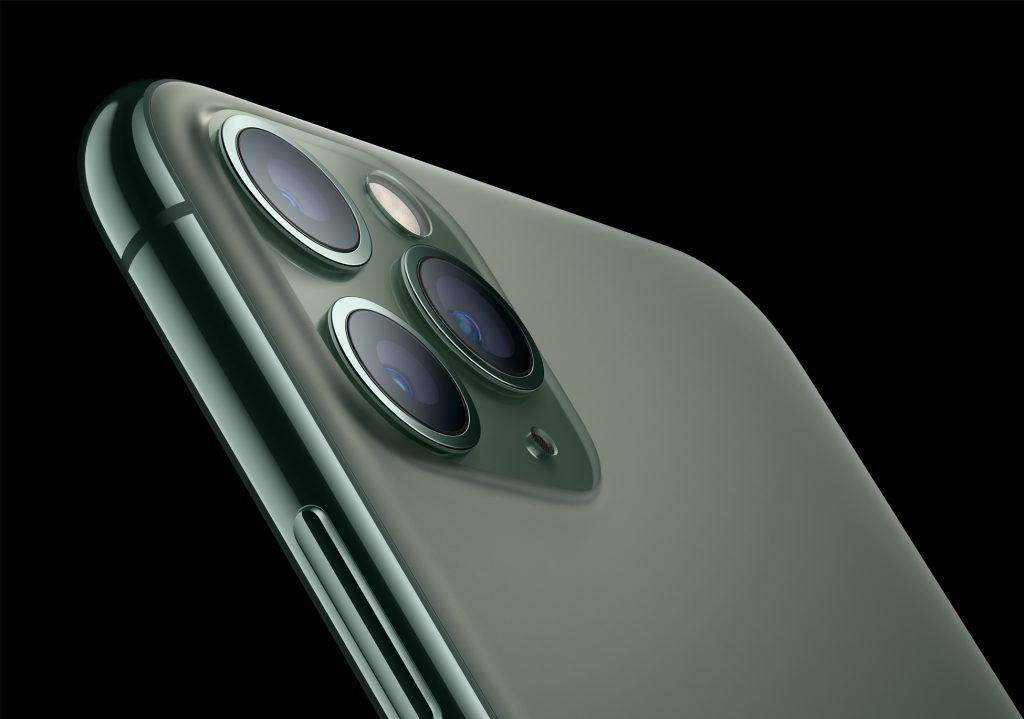

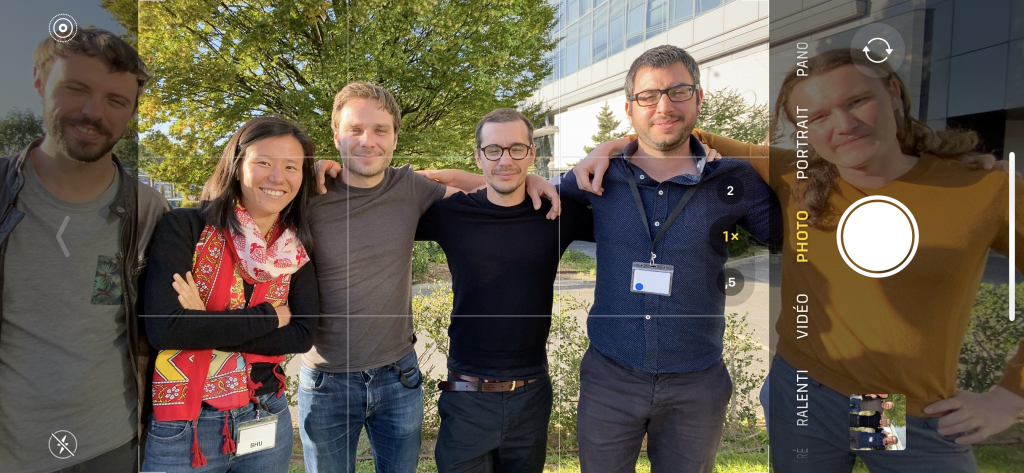



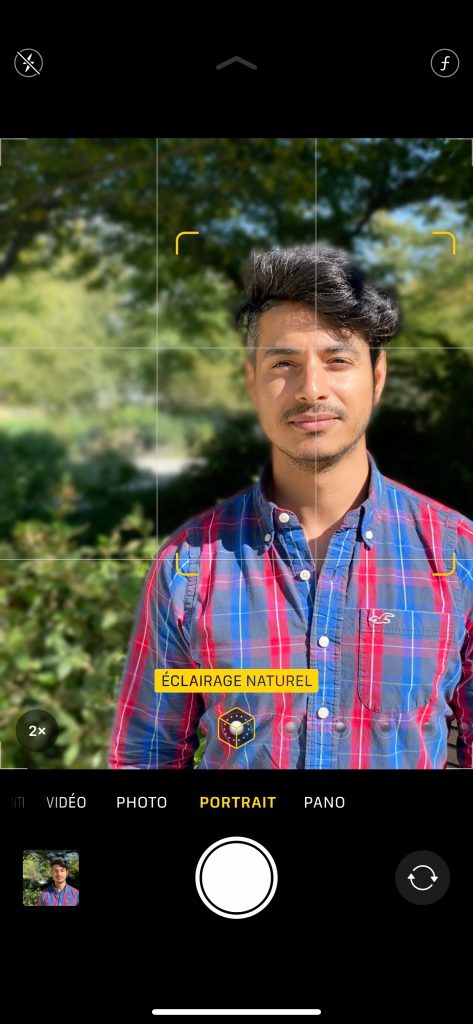
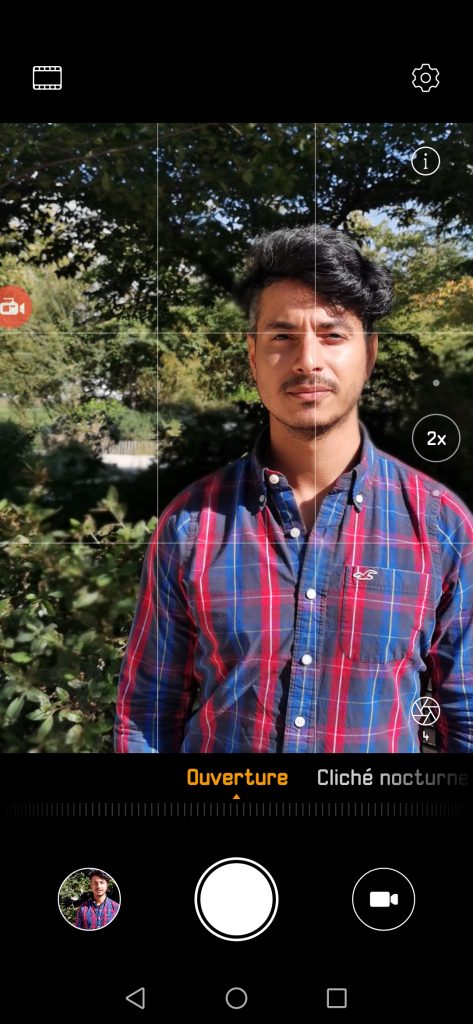
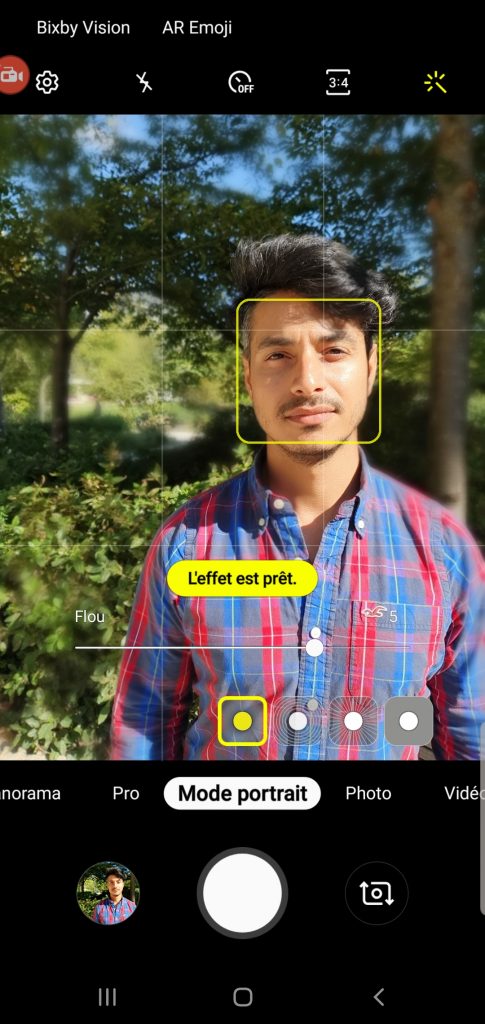



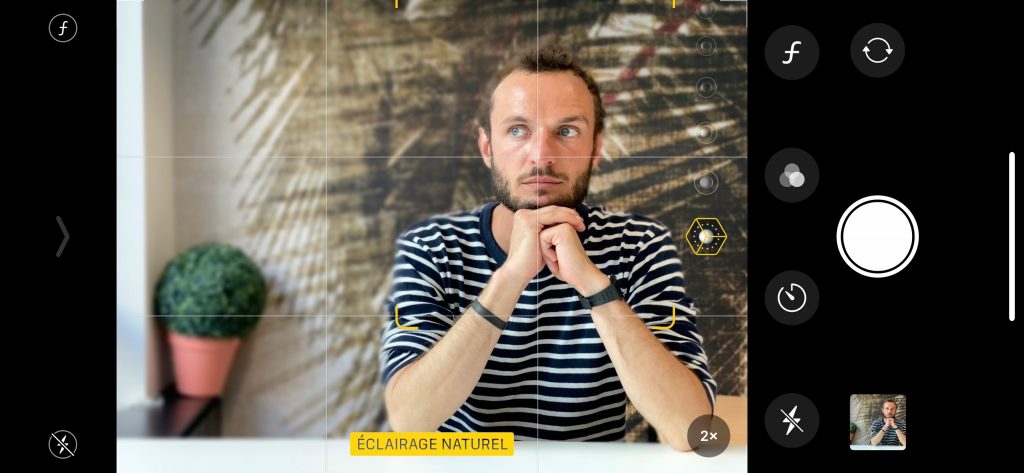
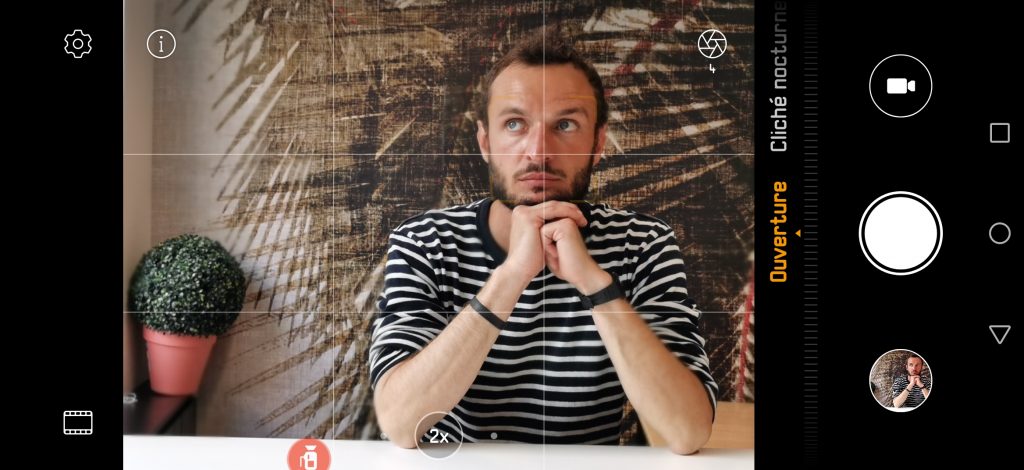
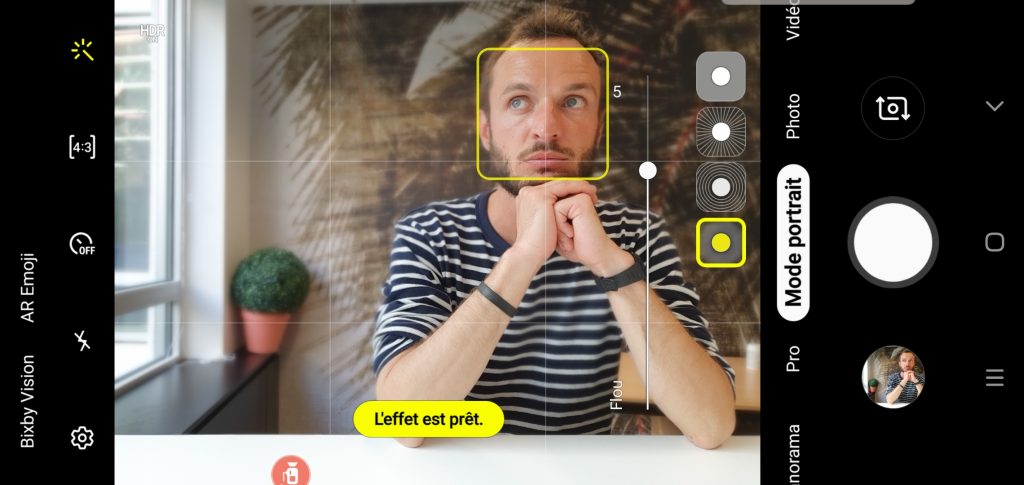



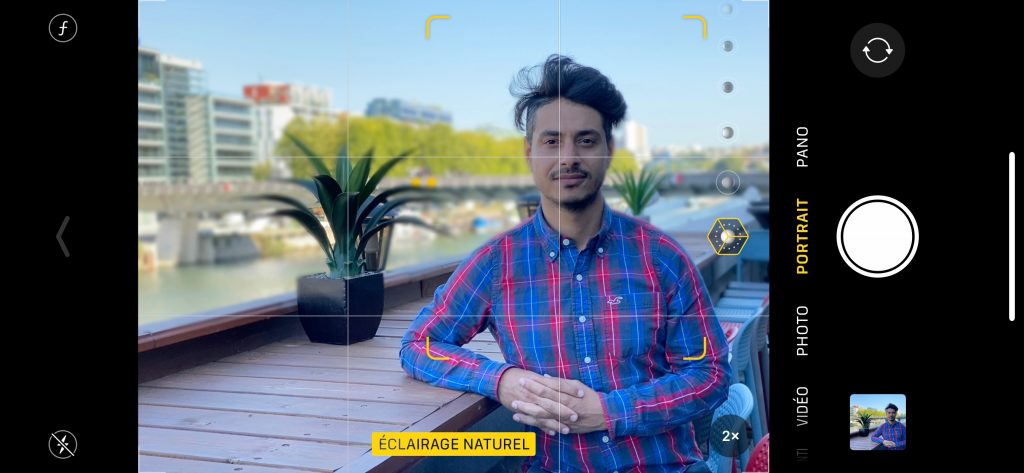
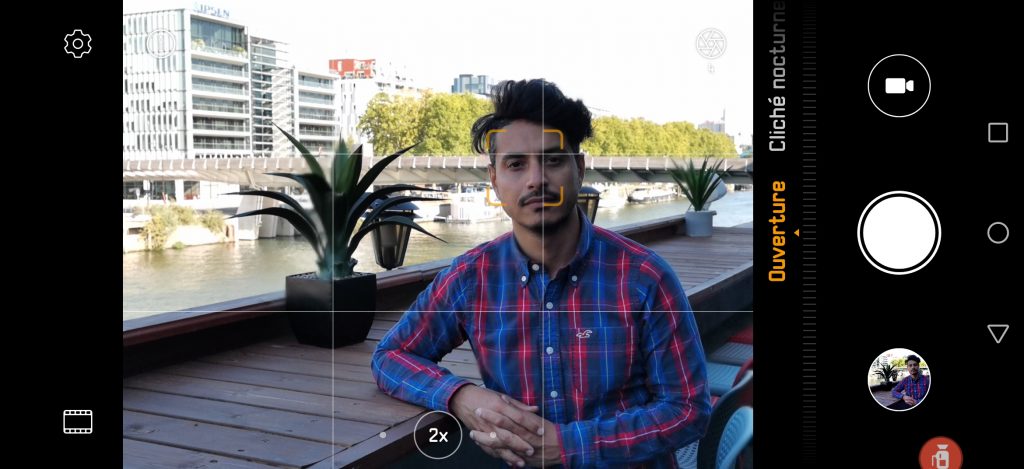
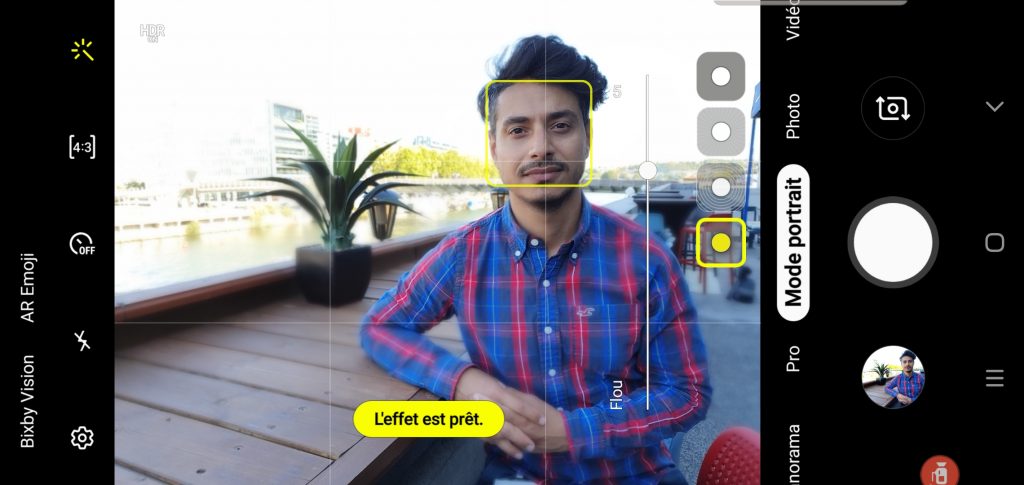



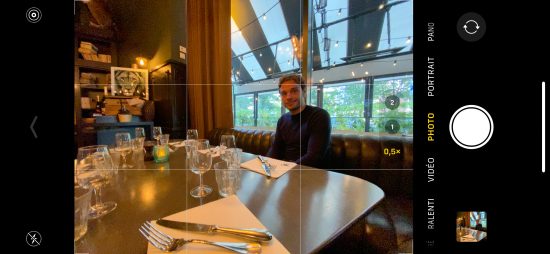
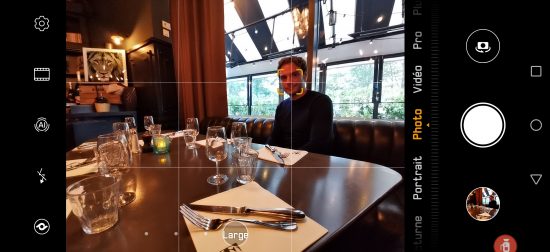
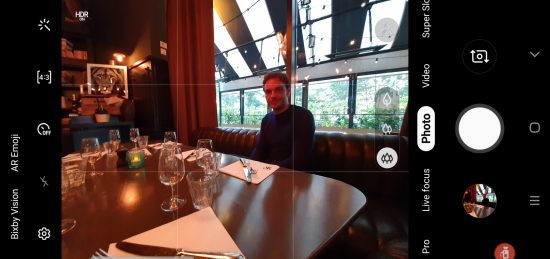
DXOMARK encourages its readers to share comments on the articles. To read or post comments, Disqus cookies are required. Change your Cookies Preferences and read more about our Comment Policy.